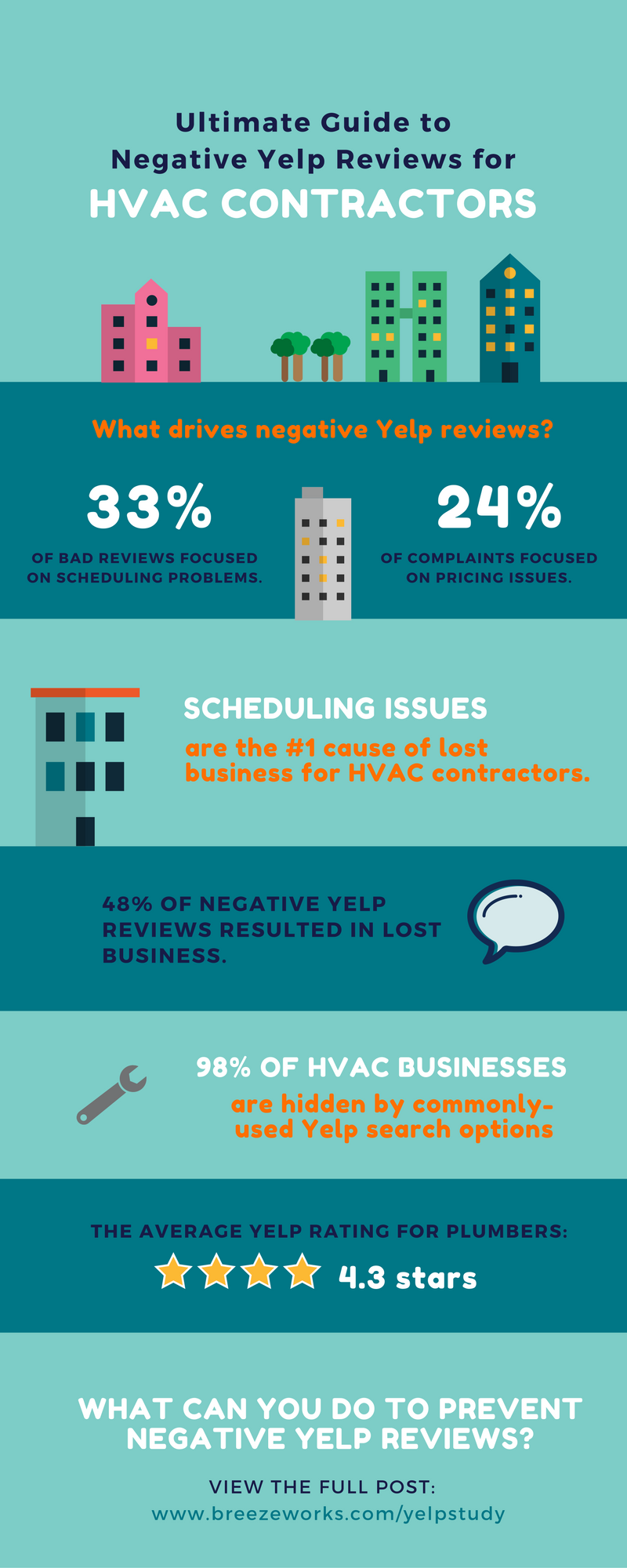The Future Of Home Heating - Exactly How Heatpump Innovation Is Developing
The Future Of Home Heating - Exactly How Heatpump Innovation Is Developing
Blog Article
Write-Up Developed By-David Kaae
Heatpump will be a crucial innovation for decarbonising home heating. In a situation consistent with governments' announced energy and climate dedications, their global capability doubles by 2030, while their share in home heating rises to one-quarter.
They work best in well-insulated homes and count on electrical power, which can be provided from a renewable power grid. Technical developments are making them a lot more effective, smarter and more affordable.
Gas Cells
Heatpump make use of a compressor, refrigerant, coils and followers to move the air and warm in homes and appliances. They can be powered by solar power or electrical power from the grid. They have actually been gaining appeal as a result of their inexpensive, peaceful procedure and the ability to generate electricity throughout peak power need.
Some business, like IdaTech and BG MicroGen, are servicing gas cells for home heating. These microgenerators can change a gas boiler and generate several of a residence's electric requirements with a link to the electricity grid for the rest.
But there are reasons to be unconvinced of using hydrogen for home heating, Rosenow states. It would certainly be pricey and ineffective compared to other technologies, and it would add to carbon exhausts.
Smart and Connected Technologies
Smart home modern technology permits home owners to attach and regulate their devices remotely with making use of smart device applications. For instance, clever thermostats can learn your heating choices and automatically adapt to optimize power consumption. Smart illumination systems can be regulated with voice commands and immediately turn off lights when you leave the area, reducing energy waste. And clever plugs can check and manage your electric usage, allowing you to recognize and restrict energy-hungry appliances.
The tech-savvy household depicted in Carina's interview is an excellent image of how owners reconfigure room heating techniques in the light of new smart home innovations. They rely upon the devices' automatic features to carry out everyday changes and regard them as a practical means of conducting their home heating techniques. Thus, they see no reason to adapt their techniques better in order to allow versatility in their home power demand, and interventions aiming at doing so may deal with resistance from these homes.
Electricity
Given that warming homes make up 13% people discharges, a button to cleaner options could make a large distinction. But the modern technology encounters obstacles: It's expensive and requires extensive home renovations. And https://nysenewsroom.com/uncategorized/10249/global-automotive-repair-and-maintenance-services-market-size-share-growth-analysis-and-forecast-outlook-by-2026-auto-pro-discount-brake-auto-repair-sumitomo-corporation-firestone-complet/ 's not constantly suitable with renewable energy sources, such as solar and wind.
Till recently, electric heat pumps were too expensive to compete with gas models in a lot of markets. But new developments in layout and materials are making them a lot more cost effective. And better chilly climate efficiency is allowing them to operate well also in subzero temperatures.
The next action in decarbonising heating may be the use of warmth networks, which attract heat from a main source, such as a nearby river or sea inlet, and disperse it to a network of homes or buildings. That would certainly lower carbon exhausts and permit households to make use of renewable energy, such as green electricity from a grid supplied by renewables. This alternative would be less costly than switching to hydrogen, a fossil fuel that needs brand-new facilities and would just minimize carbon dioxide exhausts by 5 percent if coupled with improved home insulation.
Renewable resource
As power prices drop, we're starting to see the same fad in home heating that has actually driven electric automobiles into the mainstream-- but at an even much faster rate. The solid climate situation for electrifying homes has been pressed further by new study.
Renewables make up a substantial share of modern warm usage, yet have actually been offered limited policy attention globally compared to various other end-use markets-- and even less attention than power has. Partially, this reflects a mix of consumer inertia, split rewards and, in numerous nations, subsidies for fossil fuels.
New technologies might make the change easier. As an example, heatpump can be made extra energy effective by changing old R-22 cooling agents with brand-new ones that don't have the high GWPs of their predecessors. Some experts additionally picture area systems that draw warmth from a neighboring river or sea inlet, like a Norwegian fjord. The cozy water can after that be utilized for heating & cooling in an area.